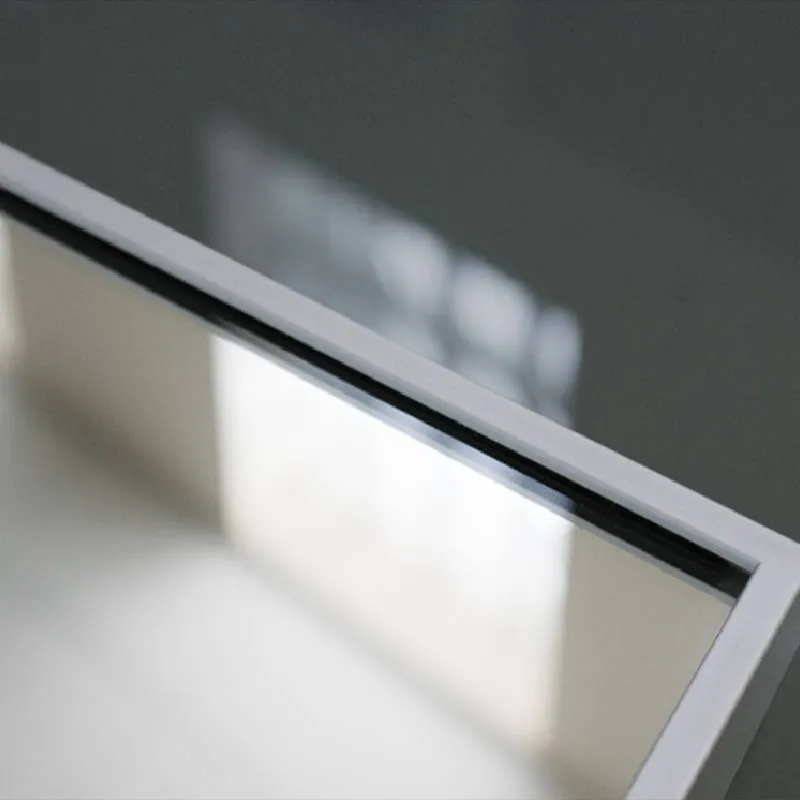

The Importance of Mirror Glass Manufacturers in Today's Industry
Mirror glass has transcended its traditional role of mere reflection, evolving into a versatile material found in numerous applications, including architecture, interior design, automotive, and even technology. With the growing demand for innovative designs and functionalities, mirror glass manufacturers play a crucial role in providing high-quality products that meet the diverse needs of various industries.
The Evolution of Mirror Glass
Historically, mirror-making dates back to ancient civilizations, where polished metals were used to create reflective surfaces. However, the modern evolution of mirror glass began in the 19th century with the development of silvering techniques. Today, manufacturers utilize advanced technologies to produce mirror glass that is not only aesthetically pleasing but also durable and functional. This evolution has allowed for the creation of a variety of mirror types, including silvered, coated, and tinted mirrors.
Technological Advancements
One of the most significant factors influencing the mirror glass industry is technological advancement. Manufacturers are now employing cutting-edge techniques such as vacuum deposition, chemical vapor deposition, and advanced coating technologies to enhance the reflective properties of glass. These methods ensure that the mirrors produced are of high quality, providing clear and accurate reflections while also being resistant to corrosion and wear.
Additionally, the introduction of smart mirror technology is revolutionizing the industry. Smart mirrors combine mirror glass with digital displays to offer interactive functions such as touch screens, embedded lighting, and connectivity features, making them popular in both residential and commercial spaces. Mirror glass manufacturers are at the forefront of this innovation, producing mirrors that not only reflect but also serve as functional devices.

Customization and Versatility
The demand for customized solutions in the mirror glass market is on the rise. Different industries require mirrors of various shapes, sizes, and finishes to suit their specific applications. Mirror glass manufacturers are adept at providing bespoke solutions tailored to the unique requirements of their clients. From large-scale architectural installations to intricate designs for interior decor, manufacturers offer a range of products that cater to diverse styles and functionalities.
For instance, in the architectural sector, mirror glass is often used to create the illusion of space and enhance the aesthetic appeal of buildings. In interior design, creatively shaped mirrors are used as statement pieces, while in automotive applications, highly reflective glass is crucial for safety and visibility. The versatility of mirror glass makes it an essential material across different fields.
Sustainability Practices
As environmental concerns continue to grow, mirror glass manufacturers are increasingly focusing on sustainable practices. Many companies are exploring eco-friendly materials and processes that minimize waste and energy consumption. For example, recycling glass and using chemical formulations that are less harmful to the environment are becoming standard practices within the industry. This commitment to sustainability not only appeals to environmentally conscious consumers but also positions manufacturers favorably in a competitive market.
Conclusion
In summary, mirror glass manufacturers are pivotal in shaping the future of this versatile material. Through technological advancements, customization, and sustainable practices, these manufacturers are not only meeting the increasing demands of various industries but also enhancing the aesthetic and functional aspects of mirror glass applications. As the industry continues to evolve, the role of mirror glass manufacturers will remain integral, driving innovation and setting trends that reflect the dynamic nature of modern design and technology.